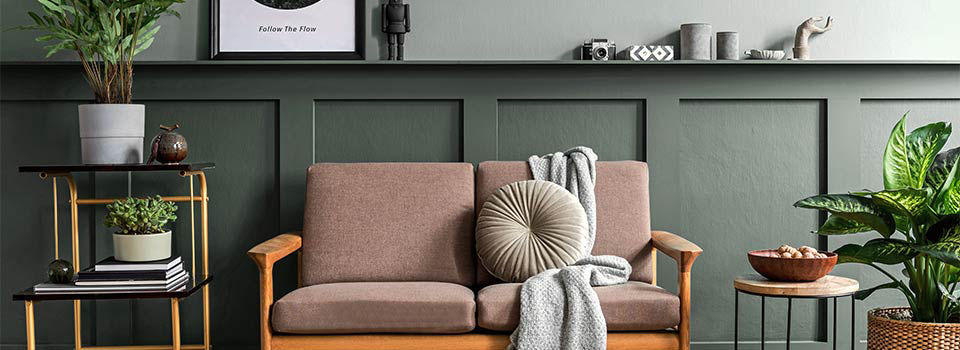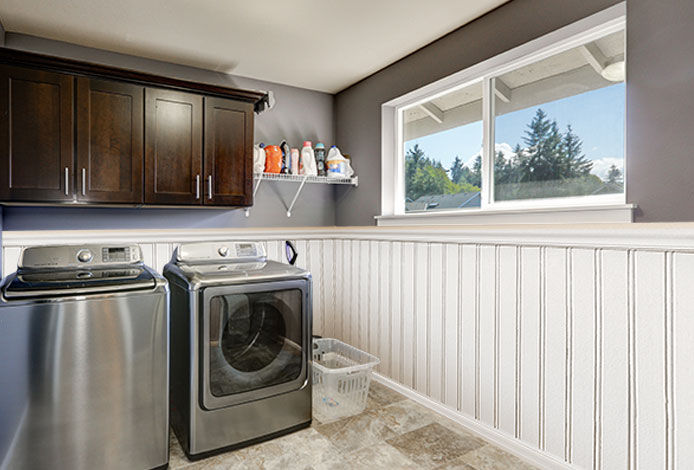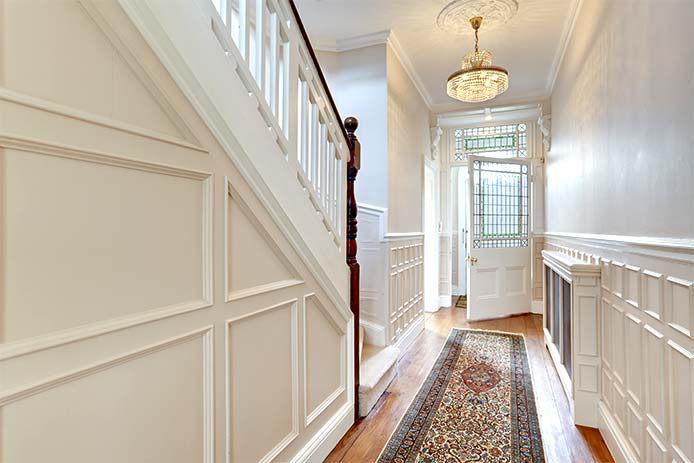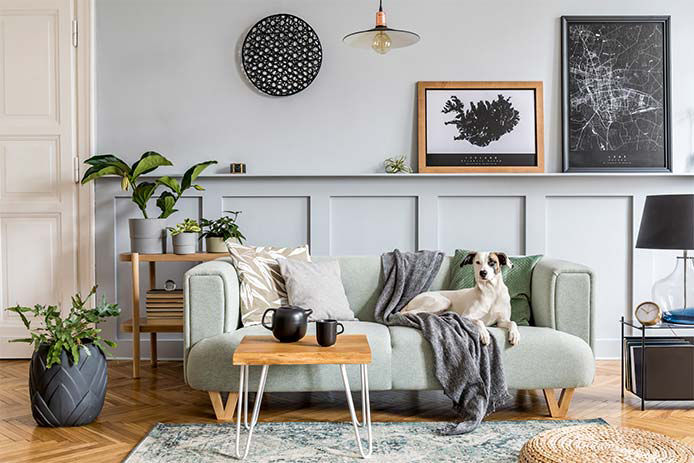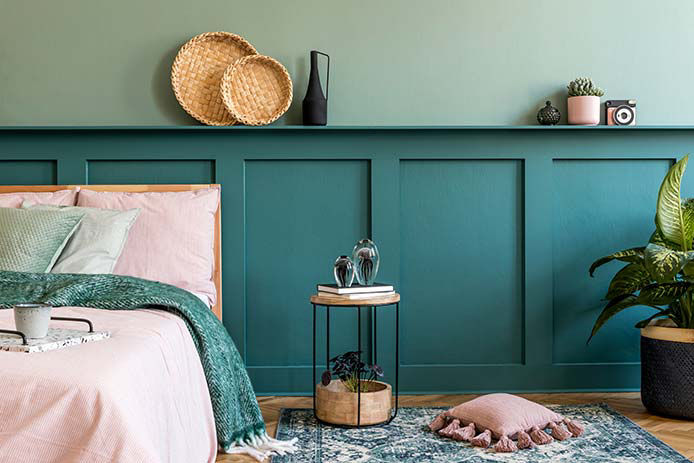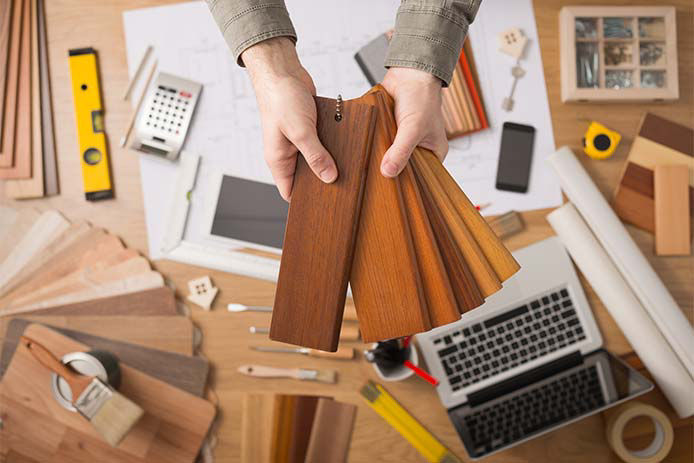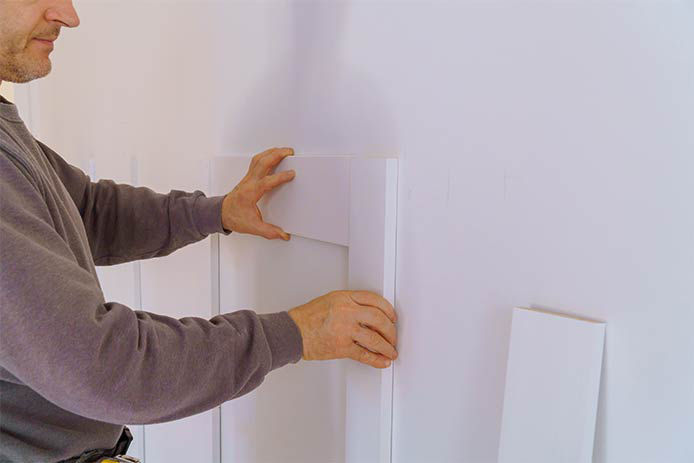Upgrade Your Home’s Design Today
Wainscoting is a great addition to almost any room. By installing this design element into a few key rooms in your home, you can offer protection for your walls while elevating the style of the space. When you choose a wainscoting kit, installation is easy, making this a DIY win.
While do-it-yourself projects can be fun and fulfilling, there is always a potential for personal injury or property damage. We strongly suggest that any project beyond your abilities be left to licensed professionals such as electricians, plumbers, and carpenters. Any action you take upon the information on this website is strictly at your own risk, and we assume no responsibility or liability for the contents of this article.
